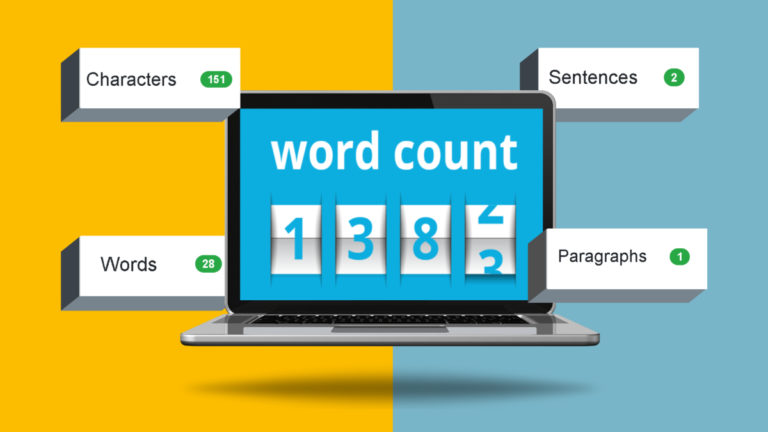7 Best Rufus Alternatives To Create Bootable USB In 2022
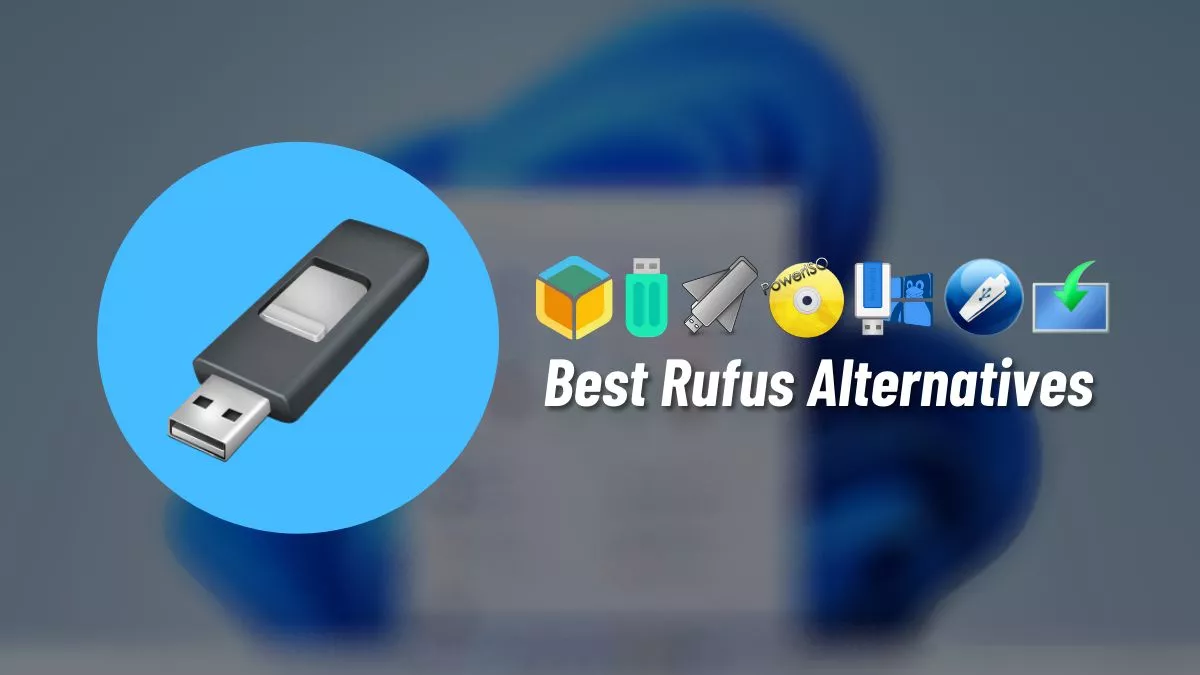
One of the first steps of trying out an operating system is installing the image of the same on a USB drive. Rufus is one of the most widely used tools to create bootable USBs, but you might not like it due to its UI or slow on your computer. Hence, in this article, let’s look at some of the best Rufus alternatives to create bootable USBs.
Best Rufus alternatives
This is not a ranked list. The tools mentioned in this article are not sorted from best to worst or vice versa. That said, here are some of the best Rufus alternatives.
1. balenaEtcher
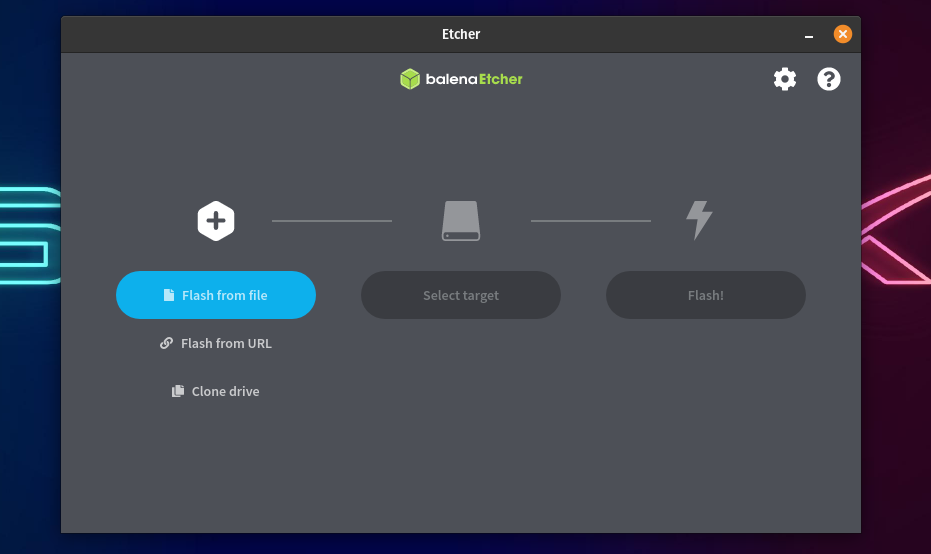
Like Rufus, ‘balenaEtcher’ is an open-source tool used to flash operating systems on USB storage devices. Some of the main highlights of the tool are its “Validated flashing” and the UI. It is also one of the fastest USB flashing tools, promising up to 50% faster flashes.
As a result, it’s one of the best Rufus alternatives you can try. ‘balenaEtcher’ is available for all platforms—Windows, Linux, and macOS.
2. Windows Media Creation Tool
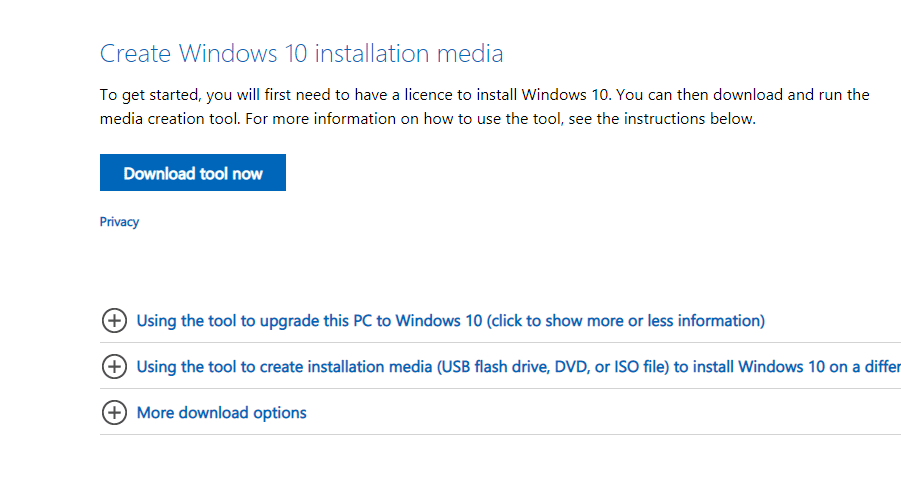
If you want to create a Windows bootable USB, Microsoft already has the Media Creation Tool. All you need to do is download the tool, insert your USB drive, and start the flashing process. The tool will automatically download the OS and start flashing it on the USB. This not only saves you time but also system memory.
Overall, if all you need to do is create a Windows bootable USB to reinstall or repair Windows, Windows Media Creation Tool is one of the best Rufus alternatives.
3. Ventoy
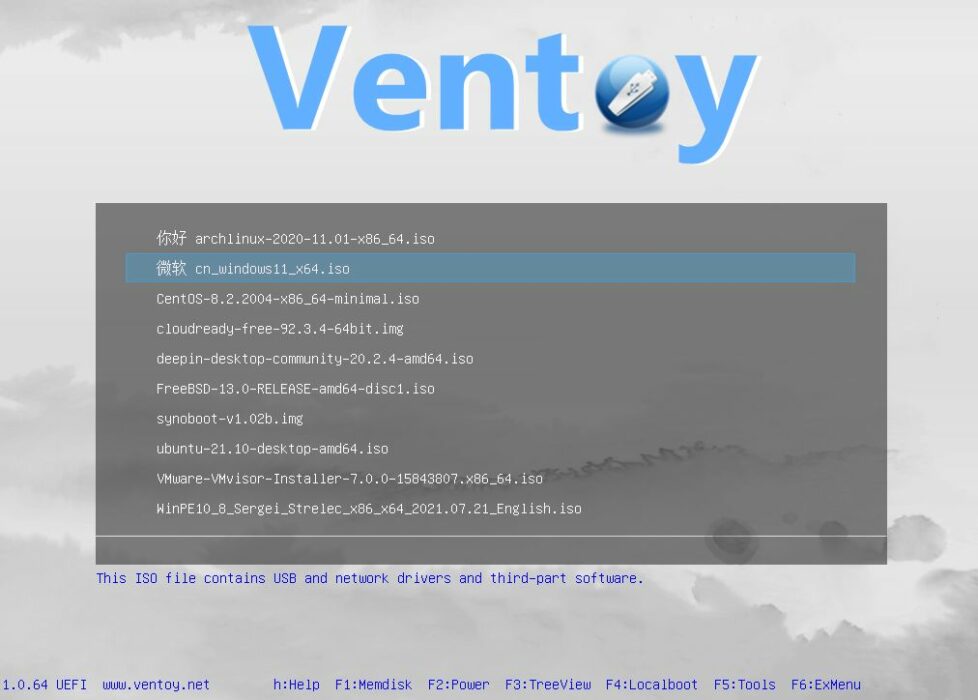
The Linux community loves Ventoy for lots of reasons. It allows you to have multiple Linux distros and Windows on the same USB and boot into each without flashing every time you want to try out a new operating system. Here’s an article that explains how to set up a multi-boot USB using Ventoy.
Another good thing about Ventoy is it’s open-source, meaning the general public can view the app’s code. Hence, you can rest assured that the application won’t steal your data.
4. PowerISO
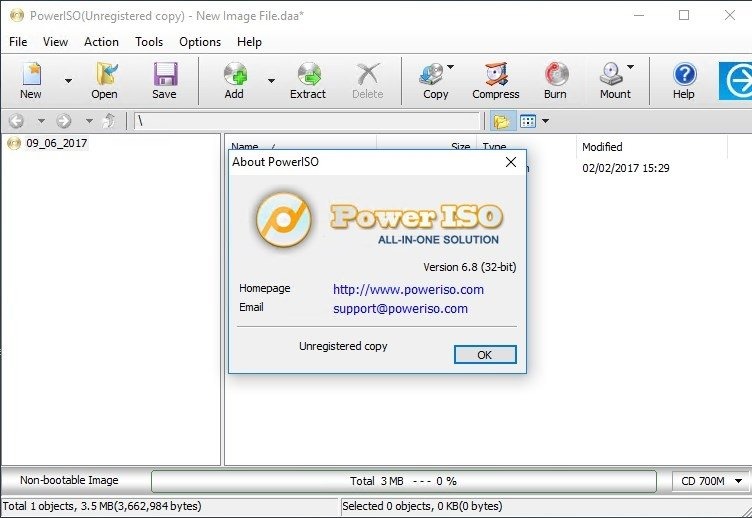
If you’ve been using Windows for a long time, you may have heard about PowerISO. It’s a pretty old tool that helps you burn ISOs onto storage devices in no time. Apart from burning the ISO, it can also extract ISO files and burn and rip audio CDs to MP3 and other extensions.
However, one of the drawbacks of PowerISO is that it’s available only on Windows. If you have a Windows machine, it can serve as a pretty good alternative to Rufus.
5. UNetbootin

We found UNetbootin to be a fantastic software and mentioned UNetbootin in our “five easy ways to create bootable USB media in Ubuntu” article. The tool is also available on Windows and macOS. It has a pretty simple user interface that gets the job done.
All you need to do is download the Windows or select the distribution (or its base, e.g., if you’re trying to flash Pop!_OS, select Ubuntu), browse and select the downloaded ISO image, insert a USB drive, and flash.
6. WoeUSB (Linux only)
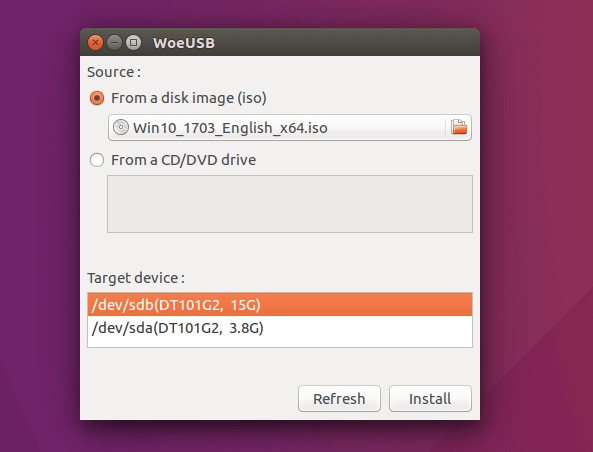
If you’re using Linux and want to switch back to Windows, you can use WoeUSB. Here’s our article on installing Windows on a USB on Linux using WoeUSB. Remember that WoeUSB is a Linux-only tool and is not available on Windows.
If you want to flash other Linux distributions instead, tools like Popsicle, GNOME multi-writer, and balenaEtcher are available on Linux.
7. Popsicle (Linux only)
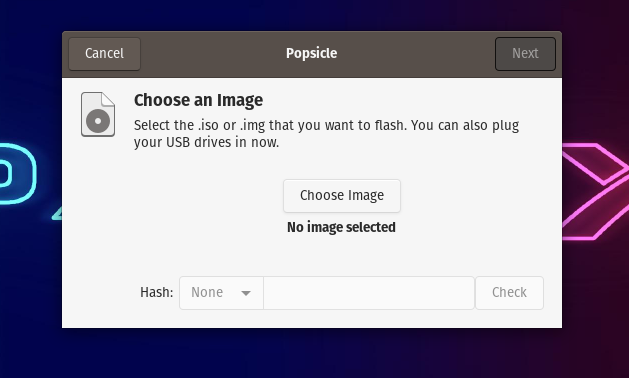
Popsicle is a USB flasher shipped with Pop!_OS, one of the most popular Linux distributions. One of the best features of the tool is that it allows you to flash an ISO to multiple USB devices simultaneously.
If you are not using Pop!_OS, you can still download Popsicles by adding the System76 repository, or best of all, using Flatpak. Overall, it is one of the best Rufus alternatives that you can try on Linux.
Conclusion: Editor’s Choice
So these were some of the best Rufus alternatives that you can try. Suppose you’re still confused about which one to use. In that case, we’d recommend ‘balenaEtcher’ and ‘Ventoy.’ For Linux users, ‘WoeUSB’ for Windows media creation, ‘Ventoy,’ ‘balenaEctcher,’ and ‘Popsicle’ will all do the job.
Do you know of any other tools you think deserve to be on this list? Let us know in the comments section below.




